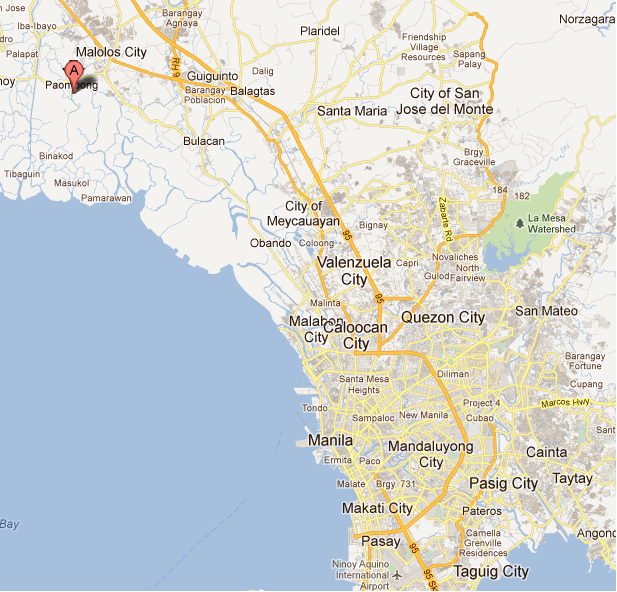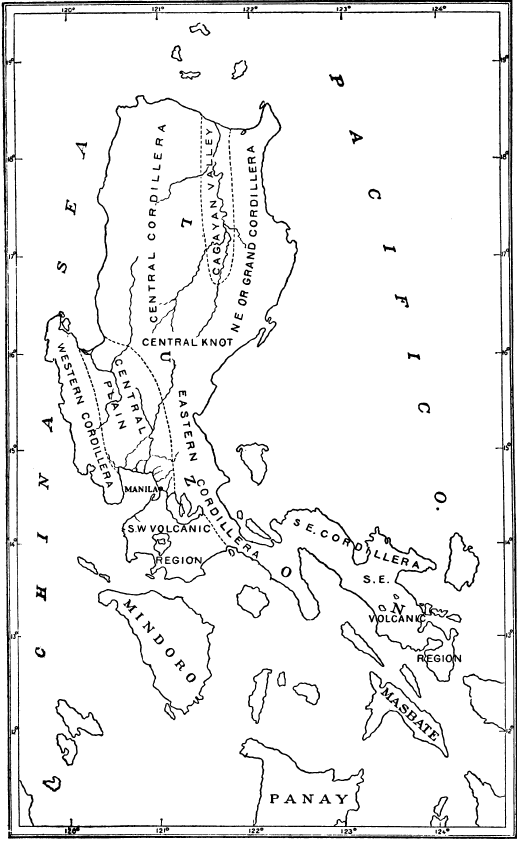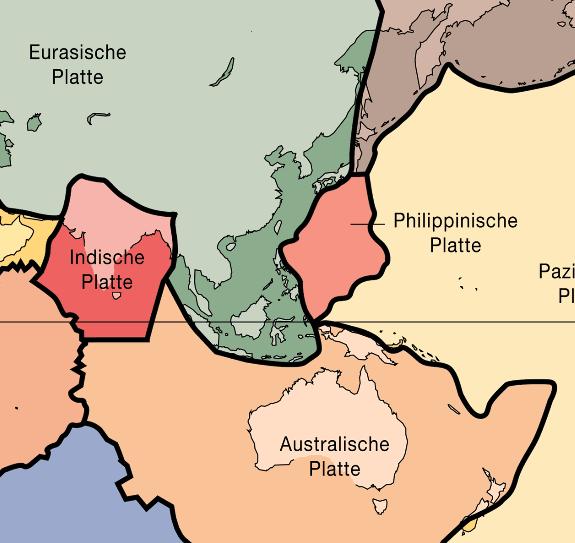Philippines - Where our family live
Introduction |
At this part of our Websites we describe the village Paombong at the Province of Bulacan, because most of our relatives live there. Our intention is that we visit this village and our relatives there more often but at the moment it is nearly impossible for us to go there. For us there are at the moment two reasons not to visit the Philippines. One is because of the political situation there (we are a bit worry with our two small children) and the other is the expenses we would have as family. But still we would like to describe below how you all can reach the Philippines and we want to share our experiances with you. Further we want describe some sightseeing points at the main isle of Philippines - Luzon - and at the Metropolis of Manila. |
Coordinates |
N 14° 82,9197' E 120° 78,9785' (Home of Family Suerte Felipe) |
Location |
Paombong is about 40 to 50 km northwestern of the Metropolis of Manila located. |
 |
|
| Very interesting too is a graphical overview of Adams, which shows the geographical regions of the main isle Luzon. With this overview you can see that Paombong, same as Manila, is located in the Central Plain between the Western (Zambales Mountains) and the Eastern Cordilleres. This big Central Plain is about 190 km long and 110 km width. It goes from Manila Bay in the south until the Gulf of Lingayan in the north. | |
 |
|
Climate |
The climate is tropical. With a mid annual temperature of over 26° degrees Celsius and with a mid annual rainfall of about 2200 mm most days are wet warm with a humidity of 80% the whole year. From mid of May until October it is Taifun season. More Details you can read at the Philippine Institute for Atmospherical, Geophysical and Astronomic Services (PAGASA, see below at Current Weather). |
Current Weather |
Weather and Taifoon Forcast of PAGASA |
Geology |
As we note by watching a documentation on TV about Philippines and as we read in few available publications, Philippines is from a geological perspective more interesting than many people know and it has a very spectaculary gelolocial history. The Philippines are located at the western border of the ring of fire. Most of the isles grow by diving of oceanic plates, like the Philippinean plate too, under the continental plate, like for example the Eurasian plate. With that diving (called suduction), the bound water at the stones, which is given free with the melting of the stones in the magma area, take care that the magma raise a bit more far with a very eruptive vulcanism. At the natural guide of Maren Gaulke she describe that the geolocial development of philippines is not fully clear, but on the TV documentation which I described earlier it was explained that with the raising and going down of the oceans during and after ice ages and lifting of parts of the philippines areas you have partly chalk based mountains, built by the corals of the seas, like in Palawan. |
 |
|
| As I described earlier, our family lives in Paombong, Bulacan, so we will focus on the Central Plain between the Western and Eastern Cordilleres. The Plain, that seems nearly sure was, based on Warren D. Smiths "Geology of Luzon", a part of an ocean. There you will find alluvial (transported by water) materials in the same way than pyroclastic (based on a vulcanic eruption) materials. We are very sorry that we cannot find further information but we promise to describe it here in case we will find out more. | |
Flora |
As tropical country with a great influence of the climate of the oceans the plant and the whole biotops of Philippines are quite variously shaped. On the other hand you can see too very often big destroying of the nature by humans. |
| Natural you would see - coming from ocean - the following biotops. First you will reach the Mangrove forest, with the characteristic species, the Mangroves. After this, after the flood line, the so called Beach Forest is following, with for example screwing palms (I hope that translation is correct, if not please as with all write me a message!). This biocoenosis can handle a bit of salt, why here bamboos or other palms are missing. Than the lower country Rain Forest follow. Typical species are Flywingtrees (german Flügelnussgewächse). This plants can handle very poor soils, so with sands too. At the higher regions finally you will see the mountain or fog Rain Forests. Examples on this biocoenosis are bay leafe plants, as for example cinnamon. | |
Fauna |
Philippines are home of many kinds of animals, many of them are endemic. That means that you will find those endemic species only in the philippines. At the TV report which is described above they showed during ice ages barriers to other parts of the world and said that most of the philippines animals comes from Indonesia or traveled over the seas. By evolution they slowly get specialists of the situations in the Philippine Islands. Many of those animals must be protected because many of their oecological habitats are still destroyed. One example of those animals is the tarsier. Surround of Manila we did not see much animals but we will publish more pics when we was able to made them. |
History |
History of the Philippines (Wikipedia) |
Tourist Informations |
Flights |
| I am very sure many of you take a airplane before and are familar with the countless flight search engines. Those we use too and it is a good idea to consult them and find a fitting flight. Beside of that we want list here a bit of our experiances with different airlines. We used only the ones which had stop overs in Bejing, Hongkong or Amsterdam. With those we feel more safe and comfortable then the ones who take there stop over for example in Dubai. We would like to add that this is no complete list and no rating where the best one comes first. It should just show the ones where we had good experiances with anyway if we use it from Europe to Philippines or our family from Philippines to Europe. | |
| Public Traffic | |
| If you want to travel to one of the countless isles of Philippins, just use one of the isle hopping airlines. They are certain and don't cost much. | |
| Beside there are like overall in the world taxis. But as white person you should know very often extra taxes. The default transport vehicle for most of the Filipinas and Filipins are Jeepneys. On their windows they write where they will go, but we think you need someone who know a bit how it works and tell you how much it should cost, specially when you are first time in Philippines. A bit easier to handly are the busses. Here it is written too where the bus will go and you pay normally inside of the busses. More difficult than using the busses is how to find the bus stations. Lastly there are trains like the german S-Bahn (a bit different from tubes because they drive most time not subway). There are two lines, so called LRT and MRT which connect the parts of Manila and few closer outside regions with the center. | |
| Light Railway Transit Authority (LRT) Routes | |
| Manila Metro Rail Transit System (MRT) Routes | |
| Both similar to german "S-Bahn" kinds of public trafic works between 5:30 am and 11 pm. | |
| With bus terminals at the web you can find a list of the different bus companies as for example this one: | |
| List of bus companies at Metro Manila | |
| Hotels | |
| If you arrive in Manila, same to us, you need often to relax after the long flight and the jetlag. So we use hotels close to Manila airport. One of our favorites was this hotel: | |
| Kabayan Hotel | |
| Our suggestion is to choose not the cheapest room. We would recomment to spend about 50 EUR for a double bed room per night and a pick up with a taxi from the airport is included too. Breakfirst and lunch or dinner is included as well. From here you are very close to Mall of Asia (where you can enjoy a bit restaurants and shops after your flight). | |
| Famous places at and surround of Manila | |
| SM Mall of Asia | |
| Rizal Park (Wikipedia, Original page not available) | |
| Nationalmuseum and Museum of the Philippine People | |
| Manila Ocean Park | |
| Barasoain Church, Malolos (Wikipedia) | |
| References (all in German, sorry) | |
| REESE, Niklas; WERNING, Rainer: Handbuch Philippinen: Gesellschaft - Politik - Wirtschaft - Kultur | |
| PETERS, Jens: Philippinen Reise-Handbuch | |
| GAULKE, Maren: Philippinen (Naturreiseführer) | |
Pictures |
Pictures from Paombong and its surrounding |
